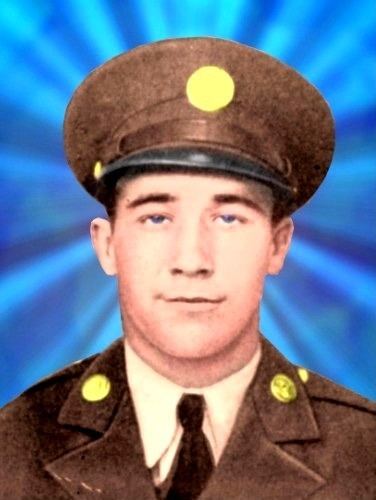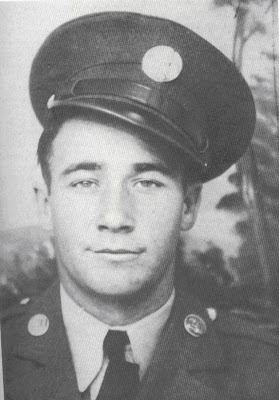Years of service 1943 - 1944 Rank Sergeant | Name Leroy Johnson | |
 | ||
Born December 6, 1919Caney Creek, Evangeline Parish, Louisiana ( 1919-12-06 ) Awards Medal of HonorSilver StarPurple Heart (2) Place of burial Manila American Cemetery and Memorial, Taguig, Philippines, Manila, Philippines, Philippines Unit 126th Cavalry Regiment, 32nd Infantry Division | ||
Allegiance United States of America | ||
Leroy Johnson (December 6, 1919- December 15, 1944) was a United States Army soldier and a recipient of the United States military's highest decoration—the Medal of Honor—for his actions in World War II. Camp Leroy Johnson in New Orleans, LA, was renamed after him in 1947.
Contents

Biography
Johnson joined the Army from Oakdale, Louisiana in 1943, and by December 15, 1944 was serving as a Sergeant in Company K, 126th Infantry Regiment, 32nd Infantry Division. On that day, near Limon, Leyte, the Philippines, he smothered the blast of two enemy-thrown grenades with his body, sacrificing himself to protect those around him. For this action, he was posthumously awarded the Medal of Honor ten months later, on October 2, 1945.
Johnson was buried at the Manila American Cemetery in Manila, the Philippines. A bronze memorial plaque in his honor was mounted on the wall of the Oberlin, Louisiana, courthouse. Johnson was from Oakdale, just a few miles north of Oberlin in Allen Parish.
Medal of Honor citation
Sergeant Johnson's official Medal of Honor citation reads:
He was squad leader of a 9-man patrol sent to reconnoiter a ridge held by a well-entrenched enemy force. Seeing an enemy machinegun position, he ordered his men to remain behind while he crawled to within 6 yards of the gun. One of the enemy crew jumped up and prepared to man the weapon. Quickly withdrawing, Sgt. Johnson rejoined his patrol and reported the situation to his commanding officer. Ordered to destroy the gun, which covered the approaches to several other enemy positions, he chose 3 other men, armed them with hand grenades, and led them to a point near the objective. After taking partial cover behind a log, the men had knocked out the gun and begun an assault when hostile troops on the flank hurled several grenades. As he started for cover, Sgt. Johnson saw 2 unexploded grenades which had fallen near his men. Knowing that his comrades would be wounded or killed by the explosion, he deliberately threw himself on the grenades and received their full charge in his body. Fatally wounded by the blast, he died soon afterward. Through his outstanding gallantry in sacrificing his life for his comrades, Sgt. Johnson provided a shining example of the highest traditions of the U.S. Army.
